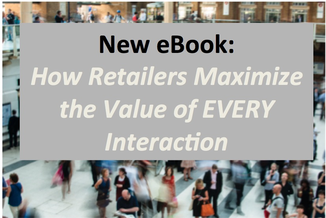Effective customer engagement is not about overwhelming consumers with generic offers and promotions. Customer engagement is about building a long-term relationship with customers by gaining their trust and loyalty. True engagement can only take place when there is a give-and-take between your company and the customer.
Aberdeen reported in February that 100% of businesses are using more than one channel to interact with customers. Multi-channel hasn’t been new for years, as their CEM report pointed out. Not only is the term tired but pointing out that businesses use more than one channel to communicate and drive sales is old news and completely misses the point of modern marketing.
The appeal of automation makes sense: in a time where marketers are held to high standards and spread thin across an increased workload, anything you can set and forget is a welcome time saver. What companies didn’t predict, though, was how much time is attached to establishing automation. And while there are risks involved in automation’s perceived easy button, companies are still embracing it in droves. So how do marketers keep from blowing it?





